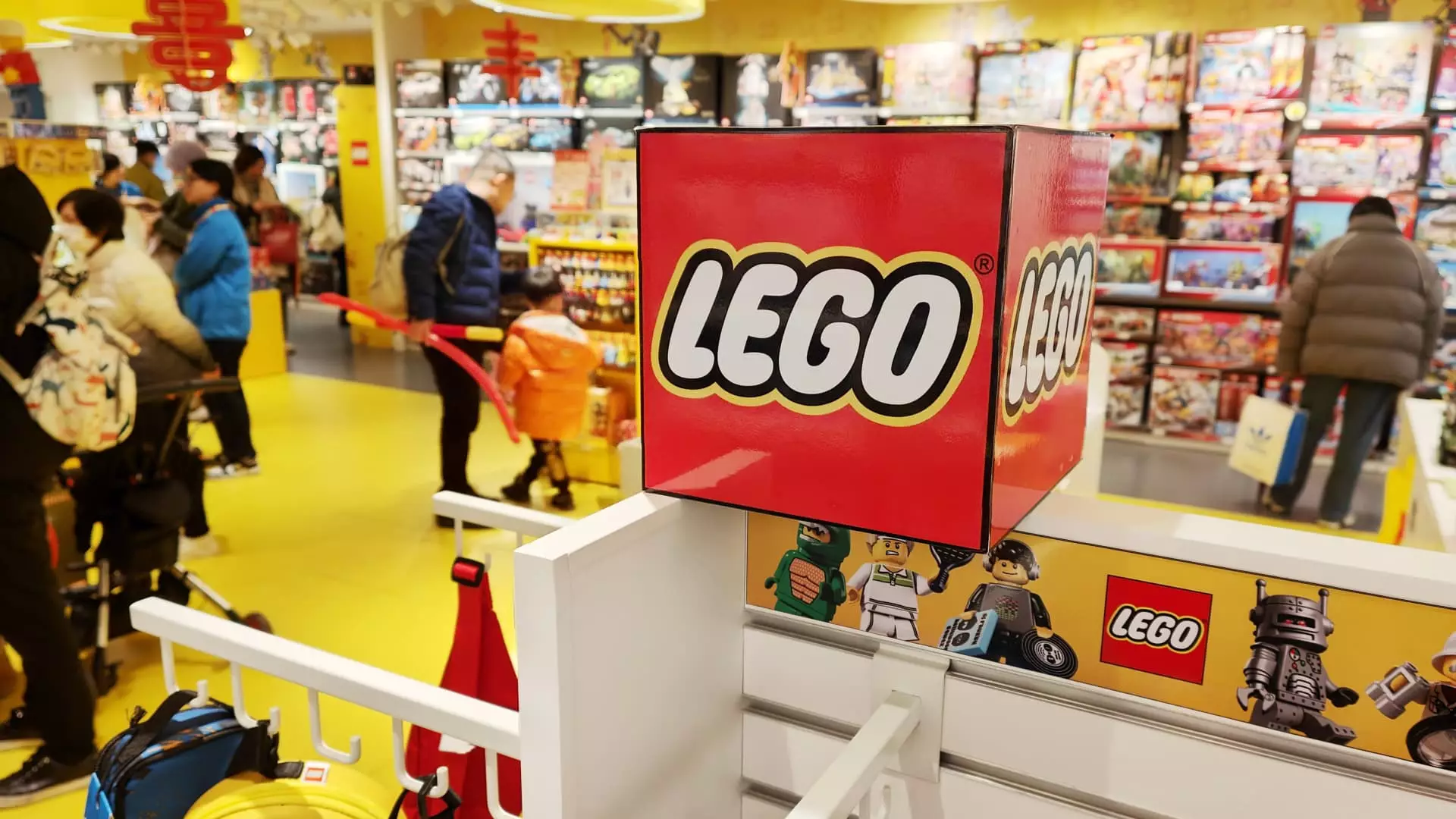The toy industry faced a tough first half of 2024, with sales taking a hit due to inflation. However, amidst this challenging environment, Lego managed to stand out by growing its market share. The Danish toymaker reported a remarkable 13% increase in revenue, reaching 31 billion Danish krone, equivalent to about $4.65 billion.
Niels Christiansen, CEO of Lego, attributed the company’s success to the strength of its portfolio, particularly highlighting the popularity of Lego Icons and Lego Creator sets. Moreover, Lego’s partnership with Epic Games’ Fortnite also contributed to its growth. Unlike the previous year, where consumers opted for lower-priced sets while maintaining volume, this year saw an increase in both volume and overall sales for Lego.
On the other hand, competitors like Mattel and Hasbro faced challenges in the same period. Mattel experienced a 1% decline in net sales, while Hasbro saw a more significant decrease of 21% in net revenue. Mattel’s struggles were attributed to tough comparisons from strong toy sales driven by “Barbie” in 2023, while Hasbro continued to feel the impact of divesting eOne.
Lego’s success can be attributed to its diverse product offerings that cater to both children and adults. Aside from sets based on popular franchises like Harry Potter and Star Wars, Lego also offers innovative design options such as building flowers, succulents, famous art pieces, and animals. This wide range of products has contributed to Lego’s sustained growth even in challenging times.
While sales in the U.S. and Europe remained robust for Lego, China reported flat sales. Christiansen mentioned that Chinese consumers were reducing spending on higher-priced items, leading to decreased frequency of purchases. Despite this, Lego remains committed to expanding its presence in China, recognizing the long-term potential of the region. With a significant number of stores planned for China in the coming months, Lego aims to strengthen its foothold in the Chinese market.
Apart from its product offerings, Lego is also focusing on sustainability efforts. The company has nearly doubled its use of renewable and recyclable materials in its products compared to the previous year. Despite the higher costs associated with sustainable materials, Lego has not passed on this expense to consumers. This commitment to sustainability not only benefits the environment but also incentivizes suppliers to develop more eco-friendly products.
Looking ahead, Lego has set ambitious goals for the future. The company aims to source half of its raw materials from sustainable sources over the next few years. By continuing to innovate, expand its product line, and prioritize sustainability, Lego is well-positioned to maintain its growth trajectory and solidify its position as a leader in the toy industry.

Leave a Reply